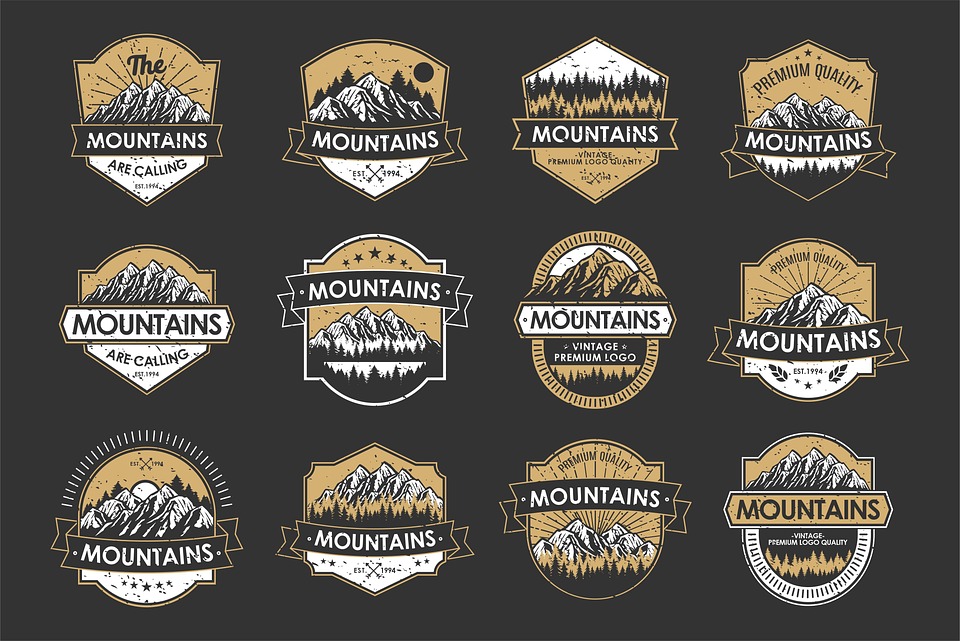Sustainable Packaging: The Shift to Eco-Friendly Materials
The packaging industry is facing a critical juncture. As consumers become increasingly aware of the environmental impact of their purchasing decisions, companies are being forced to re-evaluate their packaging strategies. The result is a growing shift towards sustainable packaging, with companies adopting eco-friendly materials and innovative solutions to reduce waste and minimize their carbon footprint.
The Problem with Traditional Packaging
Traditional packaging materials, such as plastics, cardboard, and Styrofoam, have been the backbone of the industry for decades. However, these materials have been criticized for their contribution to litter, pollution, and climate change. In fact, it’s estimated that up to 40% of plastic waste is packaging-related, with millions of tons of plastic packaging ending up in oceans and landfills every year.
The Benefits of Sustainable Packaging
Sustainable packaging offers a range of benefits, from cost savings to improved brand reputation. By switching to eco-friendly materials, companies can reduce waste, lower their carbon footprint, and appeal to environmentally conscious consumers. Additionally, sustainable packaging can help companies reduce their energy consumption, minimize their use of natural resources, and improve their overall environmental performance.
Eco-Friendly Materials
A range of eco-friendly materials are being used to create sustainable packaging solutions. Some of the most popular options include:
- Bioplastics: Made from renewable resources such as corn starch, sugarcane, or potato starch, bioplastics are biodegradable and compostable.
- Recycled Paper: Using recycled paper can reduce the amount of waste sent to landfills and conserve natural resources.
- Compostable Materials: Compostable materials, such as PLA (polylactic acid), are made from renewable resources and can be easily composted.
- Mushroom-Based Packaging: Mycelium, the root structure of mushrooms, is being used to create sustainable packaging alternatives.
- Glass: Glass is 100% recyclable and can be reused indefinitely, making it an attractive sustainable packaging option.
Innovative Packaging Solutions
Companies are also using innovative packaging solutions to reduce waste and minimize their environmental impact. Some examples include:
- Reusable Packaging: Companies such as Loop and Loop Industries are developing reusable packaging solutions that can be returned and refilled.
- Edible Packaging: Edible packaging solutions, such as algae-based packaging, offer a novel way to reduce waste.
- Biodegradable Adhesives: Biodegradable adhesives are being developed to replace traditional adhesives, which can contribute to plastic waste.
Challenges and Opportunities
While the shift to sustainable packaging presents opportunities for companies to improve their environmental performance and appeal to eco-conscious consumers, it also poses several challenges. These include:
- Higher Costs: Eco-friendly materials can be more expensive than traditional packaging materials.
- Limited Infrastructure: The infrastructure to recycle and compost eco-friendly materials may be limited in some areas.
- Education and Awareness: Educating consumers and employees about the benefits of sustainable packaging is crucial to its adoption.
Conclusion
The shift to sustainable packaging is a critical step towards reducing waste and minimizing the environmental impact of the packaging industry. As companies adopt eco-friendly materials and innovative packaging solutions, they can improve their brand reputation, reduce costs, and appeal to environmentally conscious consumers. The challenges posed by this transition will require collaboration, innovation, and a commitment to sustainability. By working together, we can create a more sustainable future for our planet.
#Sustainable #Packaging #Shift #EcoFriendly #Materials





Muchas gracias. ?Como puedo iniciar sesion?
**mind vault**
mind vault is a premium cognitive support formula created for adults 45+. It’s thoughtfully designed to help maintain clear thinking
Hin und wieder zieht es auch uns zu einer nicht virtuellen Spielhalle, doch spielen wir in der Regel in online Casinos.
Bei einem Casino ohne Verifizierung musst du hingegen kaum
Daten angeben, meistens reicht der Name und die E-Mail Anschrift und du kannst sofort anfangen zu spielen. Nachdem du deine E-Mail verifiziert hast,
kannst du sofort einzahlen und spielen. Die
Mindesteinzahlung, die nötig ist, um 100% Ersteinzahlungsbonus und 200 Freispiele zu erhalten, beträgt 20 EUR.
Die Mindesteinzahlung, um 100% Ersteinzahlungsbonus
und 200 Freispiele zu erhalten, beträgt 20 EUR.
Welche online Casinos ohne Verifizierung sind
die besten? Trotzdem handelt es sich um sichere und seriöse Anbieter, die ganz normal im Besitz einer gültigen Glücksspiellizenz sind.
Hast du kein Account bei einem Glücksspielanbieter und bist demnach nicht
verifiziert, kannst du auch keine Einzahlungen oder Auszahlungen tätigen. Also, lass die Finger von einem online Casino ohne Dokumente und ohne online
Verifizierung. Zudem dürfen Glücksspielanbieter alleine durch ihre Lizenz nicht auf persönliche
Dokumente verzichten. Ein online Casino ohne Dokumente ist ein genau solches, welches zu 90% in illegale Dinge wie Geldwäsche verstrickt ist.
References:
https://online-spielhallen.de/frumzi-casino-gutscheincodes-aktuelle-angebote/
Whether you want to play luck-based games, like pokies or roulette, or those based on skill, such
as blackjack or poker, trying them out in free-play mode is recommended.
Most casino games require no prior experience,
and your success depends mainly on luck. Once you have chosen an online casino from our list, click the Register/Sign Up/Join button and follow the instructions to create an account.
FanDuel offers a plethora of real money casino games and slots, regular competitive
bonuses, plus a leading gaming user experience. For a safe and enjoyable experience, play only at the best real money online casino Australia offers,
like the trusted sites we’ve featured here. Yes, you can play for real money at online casinos in Australia through licensed offshore sites.
Australian online casinos offer a wide variety of games, catering to both casual players and seasoned gamblers.
Top online casinos in Australia for real money are home to a wide variety of blackjack games.
Our comprehensive guide has unveiled the top online
casinos for Australian players, showcasing the best in-game variety,
bonuses, and security.
The downside is that you are usually limited to
your deposit amounts by the card’s max value (usually under $500).
There are other options, like Visa Vanilla and Neosurf, but PaysafeCard
has the biggest share of the market, making up around 12% of deposits.
They can often be completed within 24 hours, provided that you
are properly verified with your casino. Using an eWallet is the fastest way to get money out of
your account. Traditional physical scratch cards probably came to your mind first, but many online versions are available.
In this simple game of chance, you have to scratch off a card’s surface to
reveal hidden symbols.
If problems persist, contact Ozwin login casino support for assistance.
The VIP program offers exclusive bonuses, faster withdrawals,
and personalized offers. Open your mobile browser and visit the
official Ozwin casino mobile login page. The Ozwin casino mobile login process is quick and easy.
Always update your password regularly to protect your Ozwincasino login account.
To access the Ozwin casino login page, visit the official website
using a web browser.
The casino’s user-friendly interface ensures that this process is a
breeze. To cash out your winnings, make sure to meet the wagering requirements and follow the bonus terms.
This bonus is available only once per user and includes bonus
funds and free spins. Forgot your login details?
Ozwin Casino is fully optimized for mobile use.
Creating duplicates may result in account termination and permanent loss of funds.
Bitcoin and Ezeewallet lead in both speed and approval
rates, with less than 1% dispute activity — making them the
most consistent methods for users prioritizing instant access
to funds. Players don’t need to guess which payment option works best —
below is a data-driven summary based on real user activity across the last
six months. Every transaction method is linked to a standardized verification procedure and real-time status monitoring.
Ozwin Casino supports a multi-channel payment infrastructure optimized for Australian users.
The site works alongside national and international support services, including Gambling Help Online and Gamblers
Anonymous Australia.
References:
https://blackcoin.co/luck-nation-casino-real-money-pokies-australia/
online roulette paypal
References:
empleos.contatech.org
paypal casinos online that accept
References:
portal.shcba.org